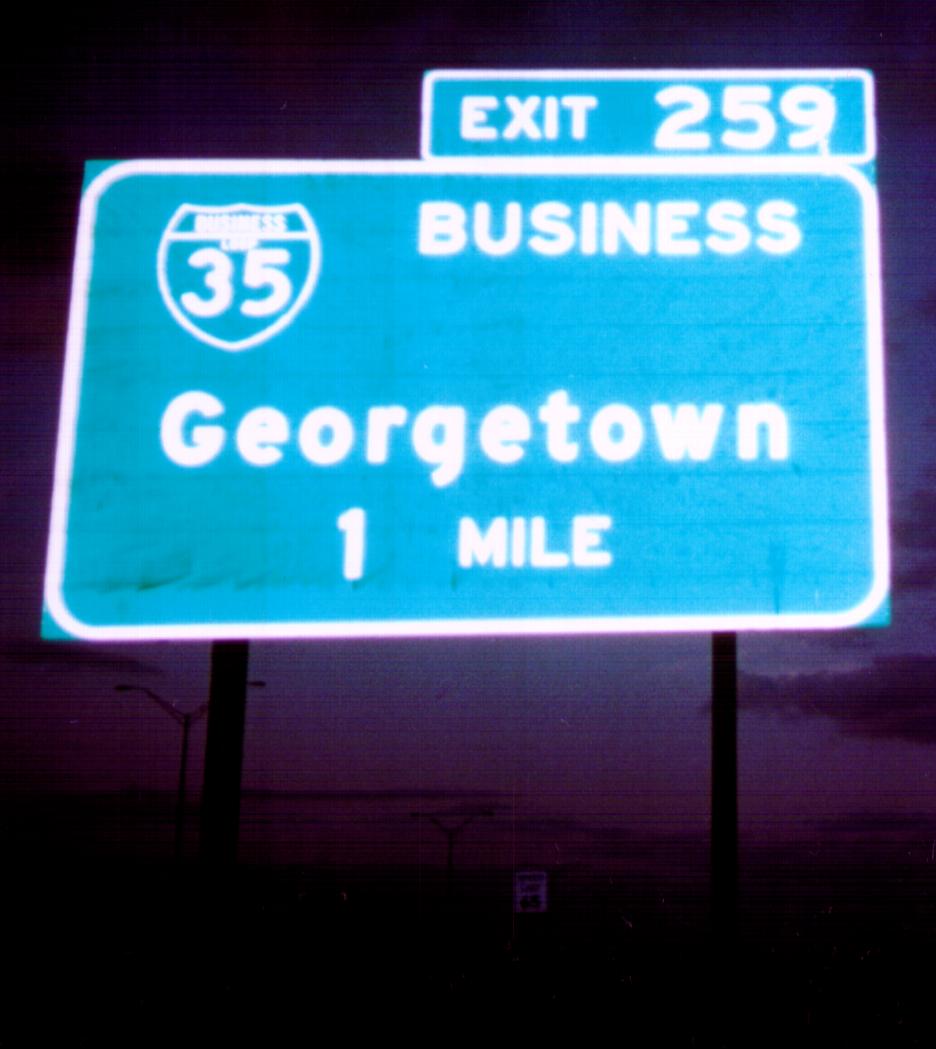
| Jessica Martinez | Spring 2004 |
| History 1302 | Hines |

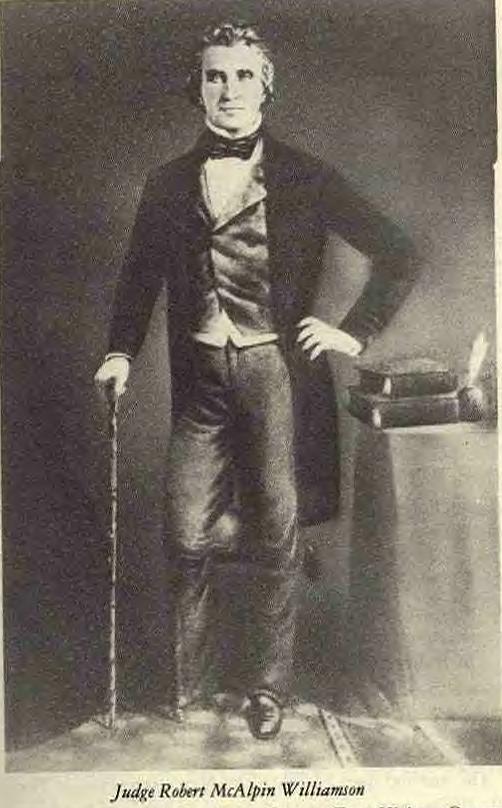

Name: Hazel Day Hood
Date: March 20, 2004
Place: Williamson County Historical Museum Q: What is your full name?
Mrs. Hood: My full name is Hazel Day Hood, Day is my maiden name.(Picture on right)
Q: How old are you?
Mrs. Hood: I am 84 years old.
Q: Are you a resident of Georgetown?
Mrs. Hood: Yes, I have been a resident of Georgetown since 1982. Before I became a resident, I would visit Georgetown every summer to come see my family. My mother was born in Corn Hill, just outside of Georgetown.
Q: To my understanding you are a volunteer here at the Williamson County Historical Museum, is that correct?
Mrs. Hood: Yes, I haven’t been doing it very long though. I have been a member of the Williamson County Historical Commission for quite some time now. This museum is fairly new, it opened up on December 6, 2003. A Judge gave the Commission this building, and he wanted it to become a museum. This was an old bank, it used to be Farmers State Bank and was built back in 1910.(Picture of museum on right)
Q: Can you tell me when the town was founded?
Mrs. Hood: I believe it was founded in 1848, I’m not so sure.
Q: Where does the town get its name form?
Mrs. Hood: The county was named after Robert McAlpin Williamson, he was a lawyer , a judge, and many other things. He did all kinds of things, I can’t even remember all of them…and the town was named after George Washington Glasscock.
Q: What is the population here in Georgetown?
Mrs. Hood: The population here in Georgetown is a little over 30,000. Milam County was so large and people needed anther courthouse, so Milam County was split into two…that’s when Williamson County was created, and it has grown since then.
Q; What is life like living in Georgetown?
Mrs. Hood: I love it. I was born and raised in Houston, and Houston was a big city. Now it is even bigger! When I moved here to Georgetown, I fell in love with it…it is a small town, everyone knows each other and it is very comforting.
Q: Do you have any family here in Georgetown?
Mrs. Hood: No, I have no family left. I was an only child and so is my daughter. My daughter has 10 children, but they all moved out to California. So no, I have no family here in Georgetown.
Q: What can you tell me about the downtown square?
Mrs. Hood: Well, the courthouse as built in about 1910. It has always been a square since it has been a town. I believe this courthouse is the third one to be built here in Georgetown. The Historical Commission insist that all the buildings remain as they were. They stand very firm in that they all remain the same on the outside, renovations are only allowed to be made to the inside of the buildings.
Q: What can you tell me about other historical landmarks?
Mrs. Hood: Other historical landmarks?…Well we have a park. The park is called San Gabriel Park, it is named after the river that runs through the town (Picture of San Gabriel River on Right). Many famous people have visited that park…Sam Houston used to speak at that park…his daughter did too, along with many other famous people. There is also a house that is a historical landmark…I can’t really remember much about it but, I know an elderly man built it for his young wife. It is a three story home, and you could look out from the third floor.
Q: Are there any old stories that you know about and would like to share with me?
Mrs. Hood: Well there was an old school built a long time ago. It was the first school in Georgetown, and it served the entire town. The name of the school was Annie Pearl School. The women who it was named after always spoke there…the school later served as an elementary school only. …The school was located on University and Austin, it was beautiful. The building was demolished in the 60’s or 70’s. The corner stone of the building was given to the women whom it was named after, it was put on her lawn. When the women died, the cornerstone became her headstone. She is buried at the IOOF cemetery and the headstone is still there today. Oh as a matter of fact, Sam Houston’s daughter is buried at that same cemetery.
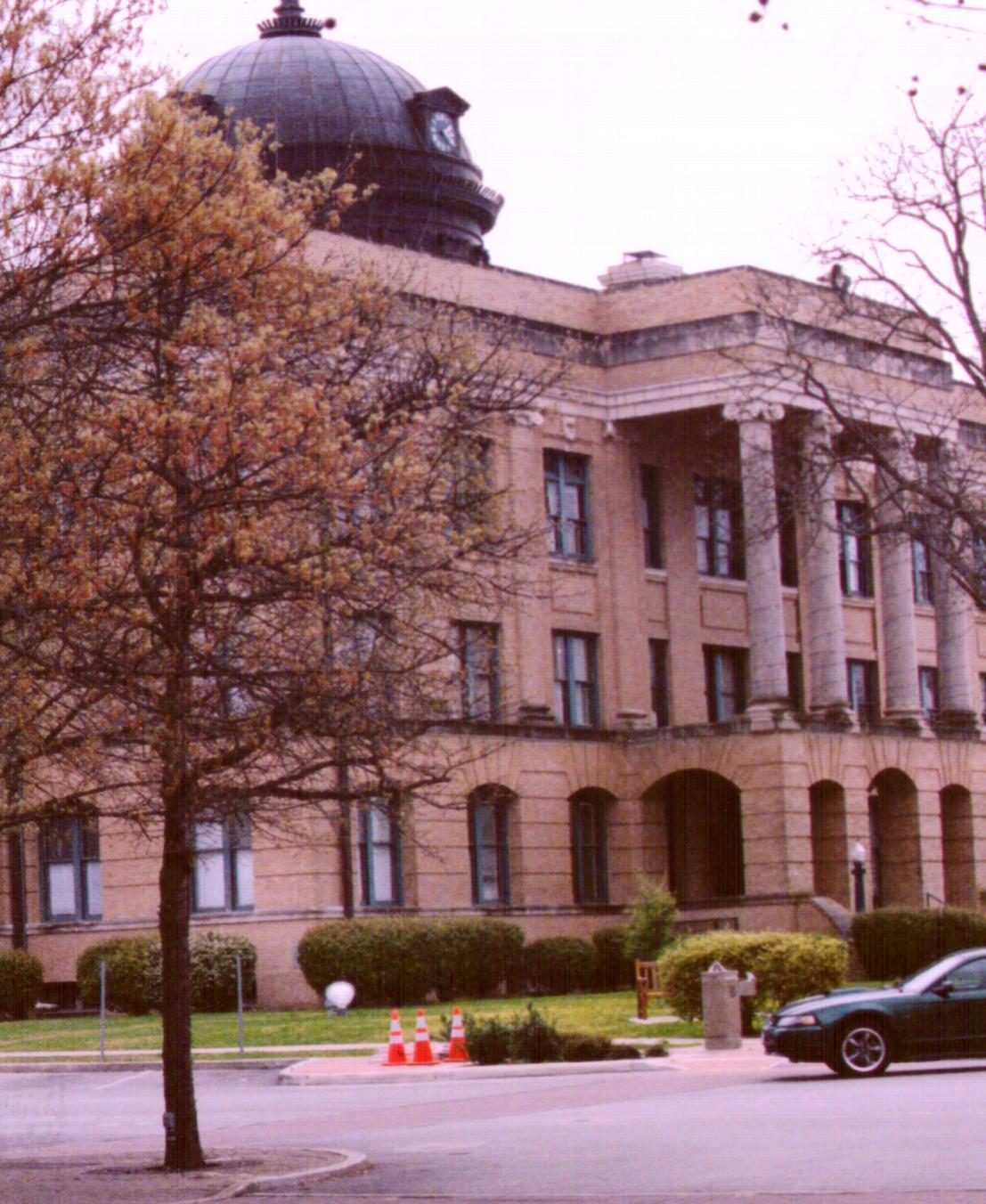
DOWNTOWN SQUARE 
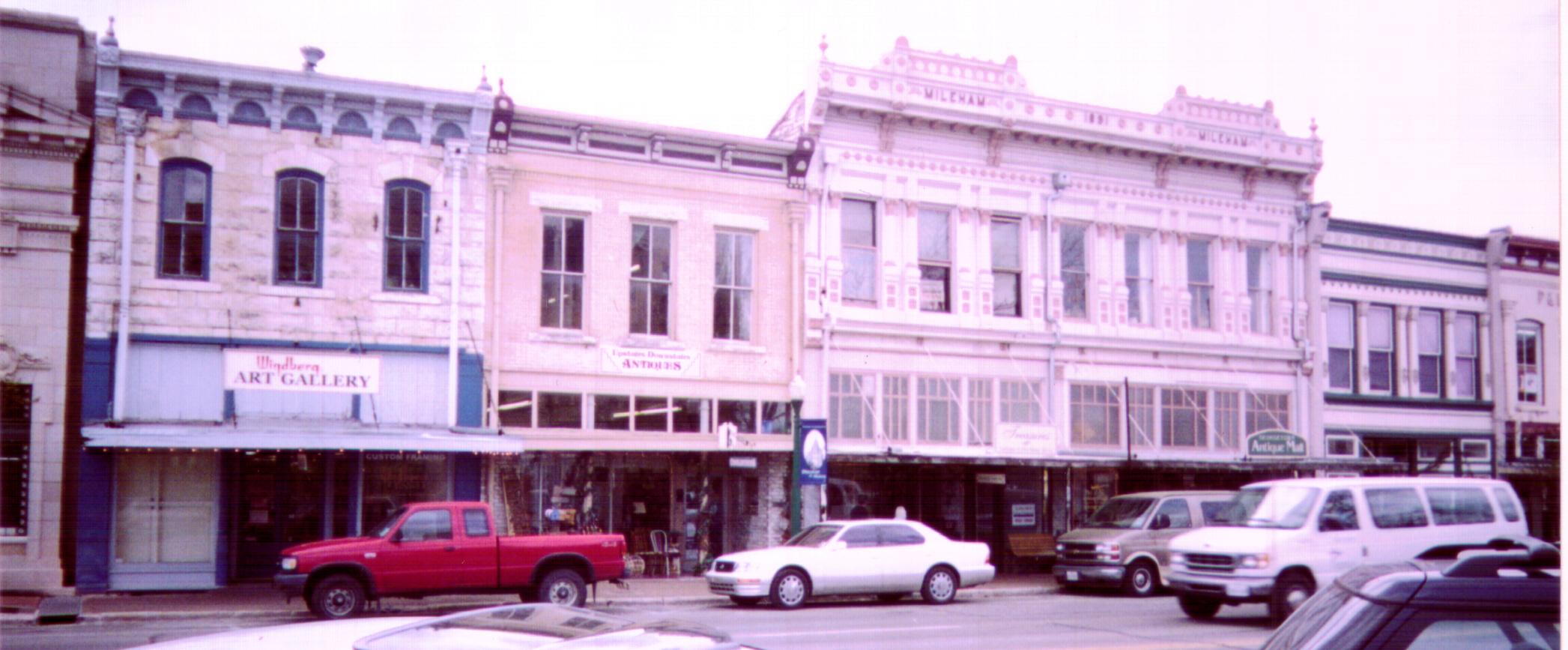
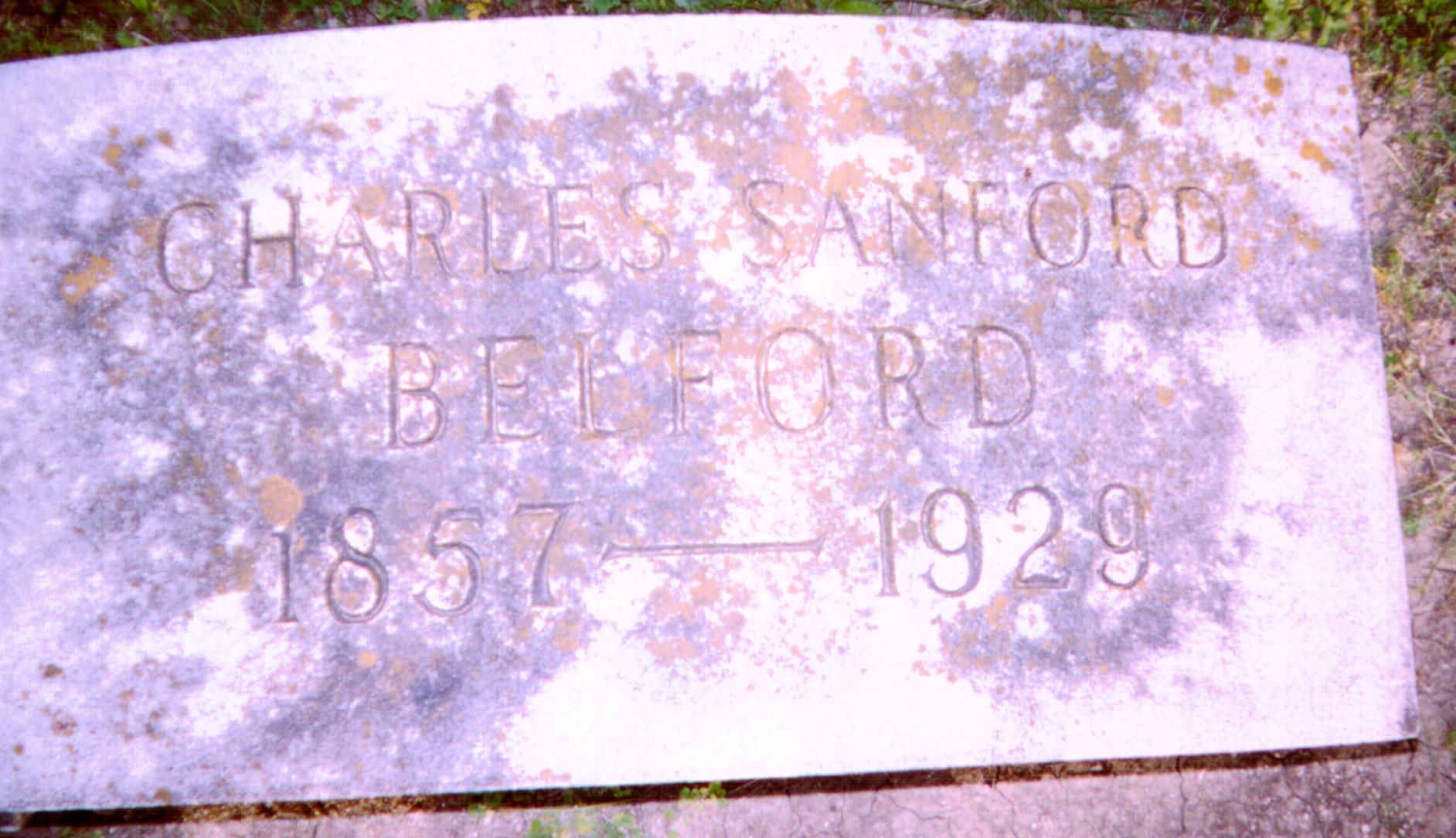
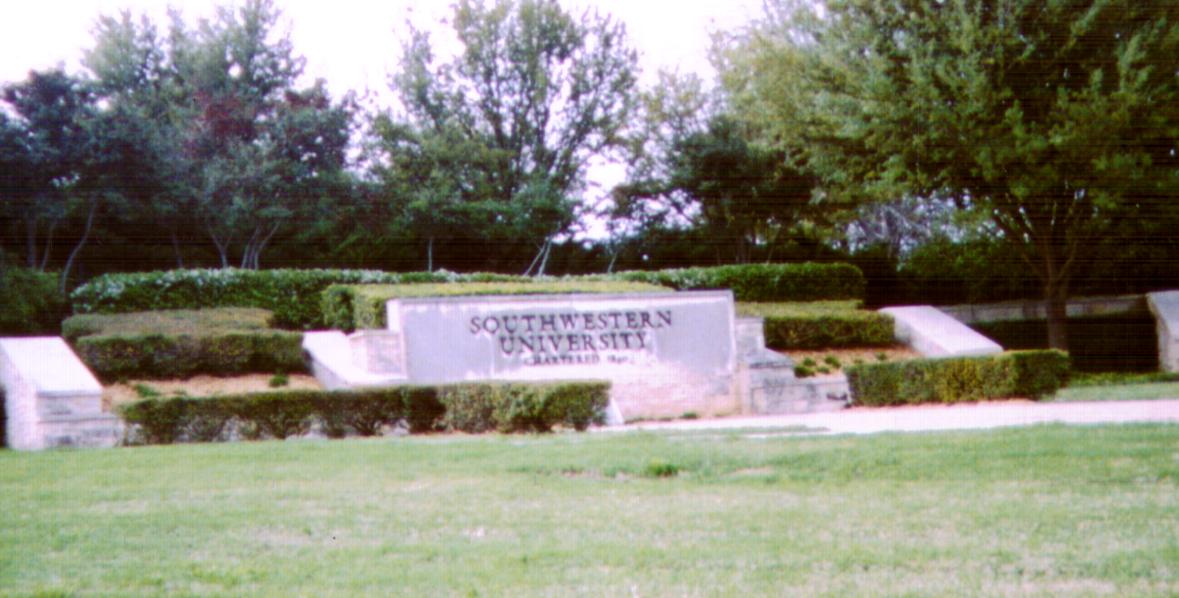


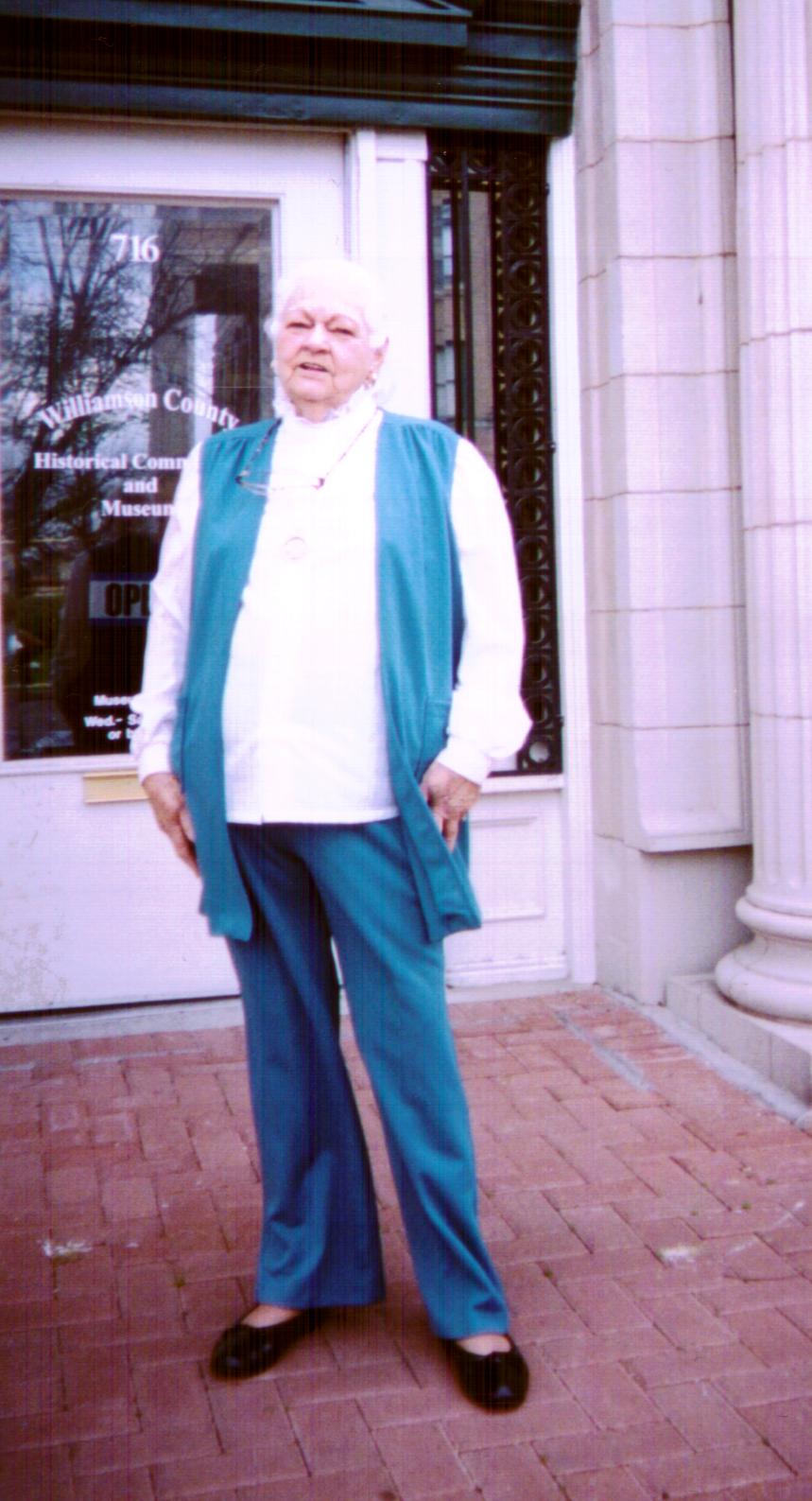


ANNOTATED BIBLIOGRAPHY:
City of Georgetown.
Courthouses of Williamson. Scarbrough, Clara. 2004.
Hazel Hood: Resident of Georgetown, Texas.
Maryellen Norris: Resident of Georgetown, Texas
Moody Museum. 2000.
Shopping, Dinning, Lodging, Attractions, Events. 2004 Official Visitors Guide